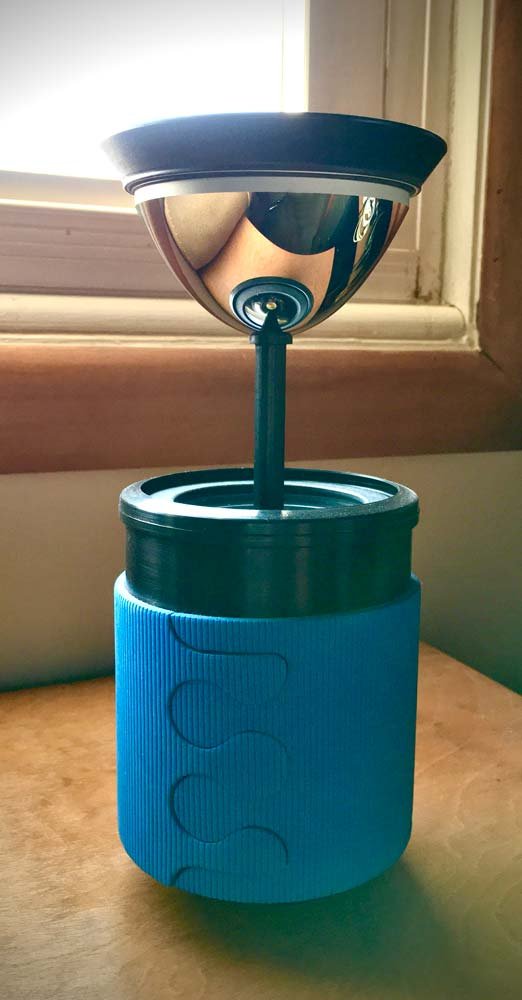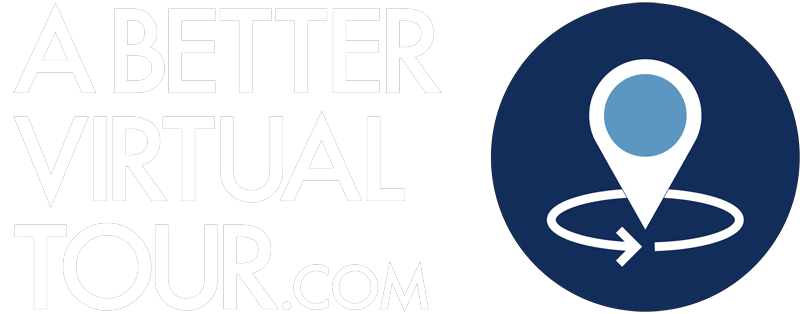My First Virtual Tour Through Today

I’m really trying to figure out exactly when I shot my first virtual tour. I know where it was and generally what point in time, but I’m not 100% sure. I’m pretty sure it was 1998 or 1999. That’s where my virtual tour journey began.
Seeing The Beginning…
In 1998, I was working for an advertising agency in Chester, New Jersey. The agency bought a digital camera a couple of years prior which, at the time, was cutting-edge technology. A good digital camera was about 1 megapixel. The only way to capture a 360º photo was by placing the camera on a tripod, rotating the camera, and taking photos until you captured the full room. For the camera and lens configuration I was using, I seem to remember taking 12 photos, one every 30 degrees. Very high-end virtual tours are still captured this way today. A lot of time and effort go into achieving exceptional detail and image quality for those with a larger budget.
I also had to be careful not to giggle the camera at all. The tiny screen on that camera didn’t have the best resolution so it was almost impossible to tell if the photo was blurry at all.
Once the room was captured, the photos were brought into software to combines the individual photos into a flat, equirectangular image. A good amount of tweaking went into aligning each photo with the ones next to it. If the camera was tilted in the slightest bit, that could screw things up.
After stitching the individual photos together, the panoramic images were brought into QuicktimeVR Authoring Studio. That’s where the panoramic photos were connected to one another, allowing a “walk-through” experience. I would put arrows on floors and doors to let visitors know that they can click there to move to another area. This is something that hasn’t changed with today’s virtual tours.
With the amount of effort that went into that virtual tour, I’m hoping I still have it somewhere. After all, it was my first.
Photographing Where Buffalo (Bills) Roam
In the early 2000s, I would end up working with a college buddy up in western New York. He’d started an online guide and quarterly print magazine for things to do in the area and was supplying small and medium businesses with whatever they needed to show themselves off to the public. Virtual tours would be part of the package.
Our camera was a 3.34 megapixel Nikon CoolPix 990. Attached to that was a Kaidan 360 One VR attachment. This was a lens-like accessory that mounted to the end of your lens. You’d point the camera straight up and take a photo of the room that had been reflected onto the bell-shaped mirror. Software would then interpolate the image into a equirectangular projection. The quality was better and the workflow was much faster.
Clients enjoyed being able to see their store in a way that they’d never seen before. They also loved the idea of potential clients being able to see their store or business any time they wanted. Albeit a small window of no larger 640×480 pixels.
Tour the Whole Place
In the mid 2000s, I started working full-time for a video production company. After moving into a newly-remodeled space, one of my tasks was to revamp our website. This was a perfect opportunity to show off the new building, not just with a virtual tour, but with a “blueprint” that shows how the building is laid out. I used the same Kaidan attachment to capture the entire production facility. This time, I was able to use a Canon 5D DSLR to capture the images.
For this virtual tour, navigation was achieved by clicking on a room on the blueprint. There were no targets or arrows on the floor to guide you. Click into a room on the blueprint and you were taken to that room. This was extremely helpful to production crews who were able to get a feel for the studio before arriving there. Location scouts could immediately see whether or not our place would fit their needs before making a drive out to see us. Camera and grip are able to see where things can be stored. And directors can see that we have a greenroom and offices to take care of their needs during shoots. Today, after about15 years, that exact same virtual tour is still being used on the company’s website. (Click on Virtual Tour in the navigation.)
Today, I utilize a monopod-mounted 60 megapixel dual-fisheye-lens high dynamic range camera connected via wifi or bluetooth to an iPad Mini 5 for remote preview and triggering. I can immediately show an entire room to the client seconds after photographing it. I can even shoot 360º video. The images are transferred to my computer for tour assembly. I can add music, sound effects, pop-ups photos & videos, or even add client voice-over. And with high-speed internet being so prolific, these full-screen, high-quality tours aren’t a problem to view.
It’s been an enjoyable journey so far. From fumbling through hardware and software I’d never used before to building a



